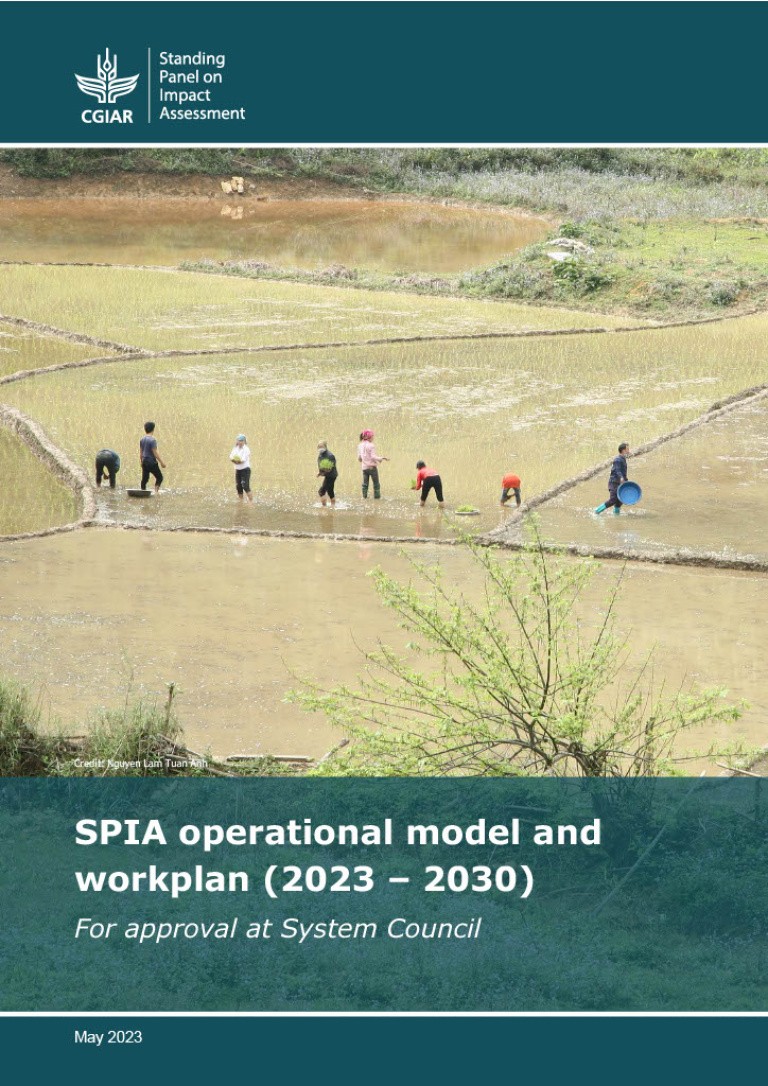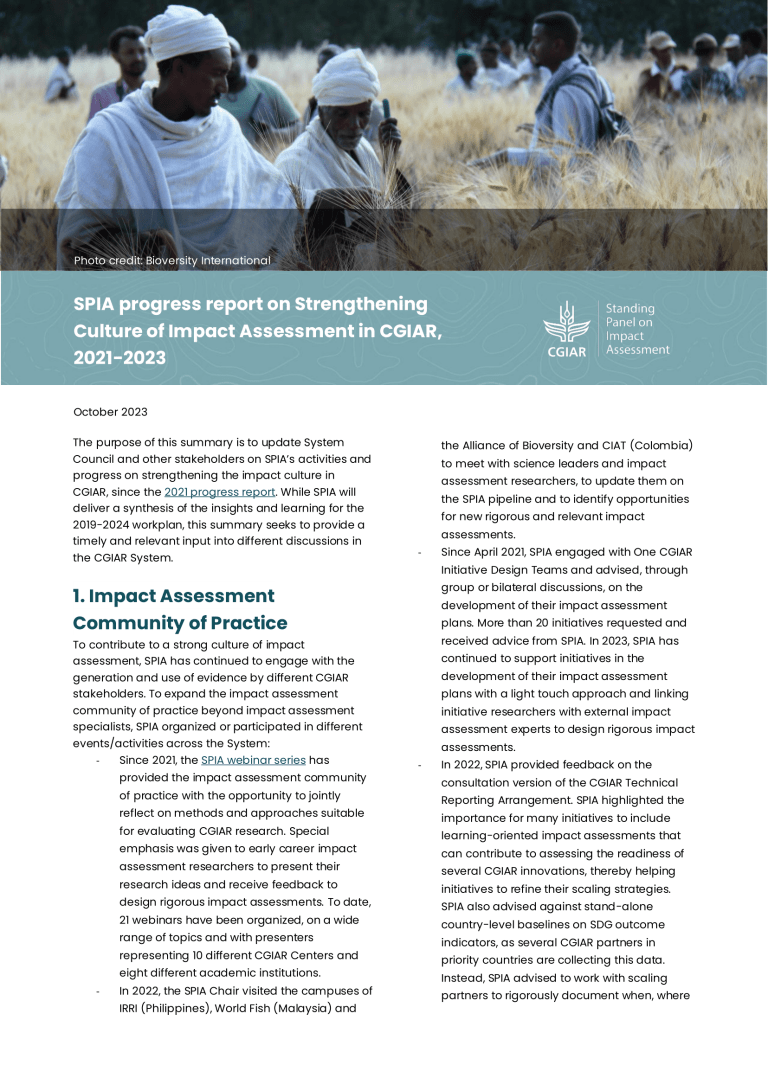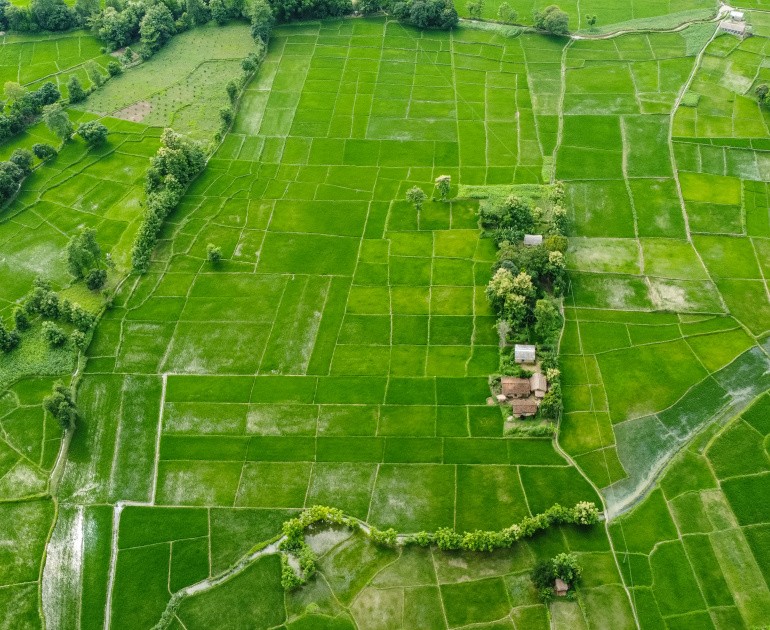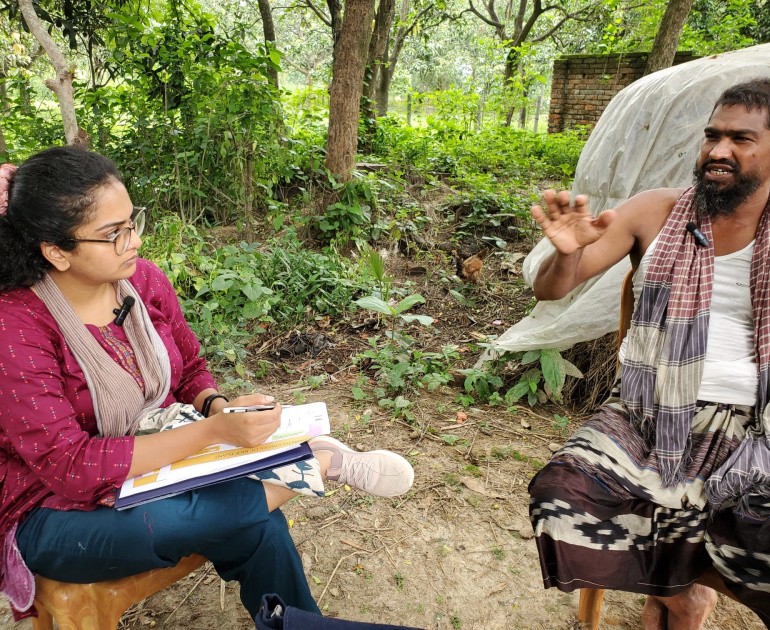Abstract
Tropical pastures are important sources of food, income, and, increasingly, environmental services in many parts of Central and South America. Brachiaria grasses are native to Africa and were introduced to the Americas in the early 1950s due to their high potential productivity in livestock systems and adaptability to the region. Brachiaria decumbens cv. Basilisk (CIAT 606) was the first cultivar adopted in Latin America and remains an important forage grass cultivar.
However, early research identified some limitations of Brachiaria decumbens in various countries, i.e., susceptibility to spittlebugs. In response, the International Center for Tropical Agriculture’s ( CIAT) tropical forages program evaluated and selected well-adapted, highly-productive pastures that would not only increase farm productivity but also improve soil quality and other environmental outcomes.
The work of CIAT and partners in the region made possible the release of other Brachiaria cultivars, mostly in the 1980s and early 1990s, such as B. brizantha cv. Toledo (CIAT 26110) and cv. La Libertad (CIAT 26646), B. humidicola cv. Humidicola (CIAT 679), and B. dictyoneura cv. Llanero (CIAT 6133).
This research was supported by ISPC-SPIA under the grant “Strengthening Impact Assessment in the CGIAR (SIAC).”
Citation
ISPC. (2018). Tropical Forages and the Diffusion of Brachiaria Cultivars in Latin America, Brief N. 70. Rome: Independent Science and Partnership Council.





